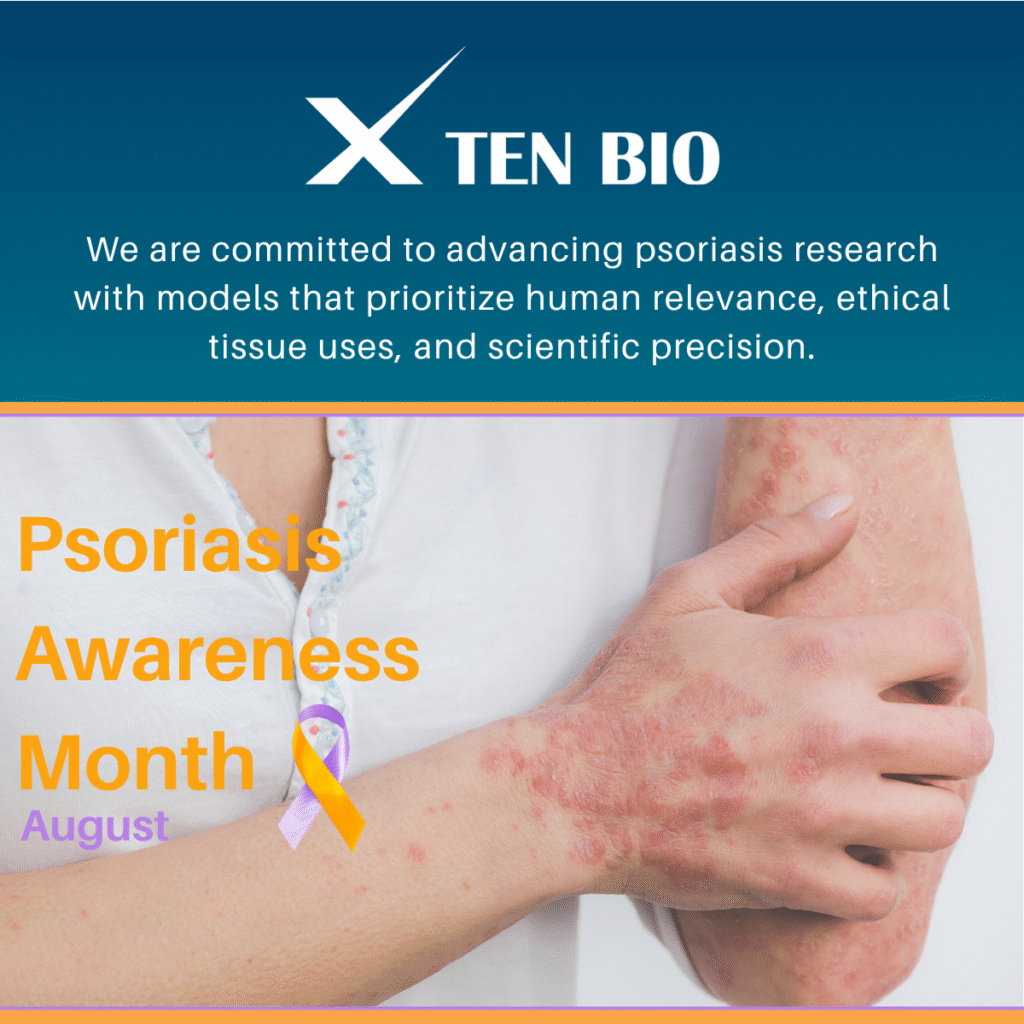Burn and wound healing for battlefield injury is an ever shifting field where in we are looking at complex models to simulate injuries that would be encountered in combat or other catastrophic circumstances. Traditional cultured models have focused on single tissues and have moved into a multi layered system involving dermal, epidermal, and stratum corneum tissues to mimic in vivo morphological and growth characteristics. Ex vivo tissue models have also come a long way in terms of maintaining viability post harvesting. Our cultured model was an EpiDermFT 3D human tissue culture system (MatTek Corp.) which we compared to ex vivo skin procured from Ten Bio, who offer a TenSkin model where the tissue is held under tension to mimic in vivo conditions. Both tissues were cultured appropriate to the manufacturer’s instructions and subjected to either a 2mm biopsy punch or burns with a cauterizing iron and to track the progress of healing post injury. Tissues were fixed in 10% buffered formalin for histological analysis at time points between 1 and 7 days post injury. In addition, media samples were collected to look for any biomarkers of the wound healing process. The goal of this comparison was to determine which model is more appropriate for the types of injuries we are studying. Based on the reports from our resident histopathologists, our ex vivo, tensioned skin model is showing more clearly defined cellular replication and was healing much closer to what is seen in battlefield trauma patients than the cultured skin model.
Justin Tressler, Michelle Racine, Erin Pueblo, Matthieu Conroy, Jai Khindri, Riley Jackson, Katheryn Stettler, and Bryan McCranor
SOT March 2023




